توضیحات
دانلود حل المسائل (حل تمرین) کتاب پیشرانش هواپیما و موتور توربین گاز نوشته احمد اف. ال. سید – ویرایش اول
این کتاب در چارت درسی مهندسی هوافضا گرایش پیشرانش (جلوبرندگی) در مقطع کارشناسی ارشد قرار دارد.
عنوان های فصول کتاب:
- تاریخچه و طبقه بندی موتورهای هوایی
- پارامترهای عملکردی موتورهای جت
- موتورهای پالس جت و رم جت
- موتور توربوجت
- موتور توربوفن
- موتورهای محوری: موتورهای احتراق داخلی، توربوپراپ، توربوشفت و پراپ فن
- موتورهای فرا صوت پر سرعت و هایپرسونیک
- توربین گاز صنعتی
- نصب در نیروگاه و ورودی
- سامانه های احتراقی
- سامانه تخلیه
- کمپرسورهای شعاعی
- کمپرسورهای جریان محوری و فن ها
- توربین های محوری
- توربین های با ورودی جریان شعاعی
- تطبیق کردن اجزا
بخشی از کتاب حل المسائل پیشرانش هواپیما و موتور توربین گاز:
The idea of flying by imitating birds has been a dream since the dawn of human intelligence. Various ancient and medieval people who fashioned wings met with disastrous consequences when leaping from towers or roofs and flapping vigorously.
The Greek myth of Daedalus and his son Icarus who were imprisoned on the island of Crete and tried to escape by fastening wings with wax and flying through the air is well known. This dream of flight was only achieved in the twentieth century, at approximately 10:35 AM on Tuesday, December 17, 1903, when Orville Wright managed to achieve the first successful flight in Kitty Hawk, North Carolina.
That flying machine, the Wright Flyer I, was the first heavier-than-air flyer designed and flown by the Wright brothers: Wilbur (1867–1912) and Orville (1871–1948). The Wright brothers, who were the inventors of the first practical airplane, are certainly the premier aeronautical engineers in history.
Comparing the Wright Flyer I with twenty-first-century aircraft like the Boeing 787 and Airbus 350 underline the unbelievable miracles that have taken place in the aviation industry. The Wright Flyer I did not even have a fuselage, and either brother had to lie prone on the bottom wing, facing into the cold wind.
Nevertheless, such was the flight that marked the first stage in the magnificent evolution of human-controlled powered flight. Several years lapsed before the design of a conventional aircraft included a closed fuselage to which wings and a tail unit were attached and which had an undercarriage or landing gears.
Tremendous development in the aviation industry eventually allowed passengers in civil aircraft to enjoy the hot/cold air-conditioned compartments of the fuselage, to have comfortable seats and delicious meals, and to enjoy video movies.
More info
However, it was a long time before people could be persuaded to use aircraft as transportation vehicles. Some milestones in such a long journey might be briefly mentioned. For several decades,a piston engine coupled with propellers provided the necessary power for aircraft.
The turbojet engine (the first jet engine), invented independently by Sir Frank Whittle in Britain and Dr. von Ohain in Germany, powered aircraft in the early 1940s and later. Such jet engines paved the way for the highly sophisticated military aircraft and the comfortable civil aircraft that we have now.
In the middle of the last century, airliners relied upon lowspeed subsonic aircraft. Flight speeds were less than 250 miles per hour (mph) and powered by turbojet and/or turboprop engines. In the late 1960s and the early 1970s, the wide-body aircraft (Boeing 747, DC-10, and Airbus A300) powered by turbofan engines flew at transonic speeds, less than 600 mph.
Now even civilian transports fly at the same transonic speeds. Looking to the other side of military airplanes, you will find fighter airplanes fly at supersonic speeds; less than 1500 mph. Such fighters are fitted with turbofan engines with afterburners.
Moreover, X-planes, which are hypersonic vehicles fitted with scramjet/ rocket engines, fly at very high speeds of less than 6000 mph. Space shuttles, which have also rocket engines, fly at high hypersonic speeds less than 17,500 mph.
It is interesting to compare the flight time between popular destinations like Los Angeles and Tokyo in different airplanes; it is 9.6 h for Boeing 747, and only 2 h for hypersonic aircraft [1]. It should be stated here that the human race has endless ambitions and one can hardly anticipate the shape, speed, and fuel of flying machines for even the next few decades.
در صورت داشتن هرگونه سوال و یا مشکل در بخش پشتیبانی شاپ تو استور مطرح نمایید.



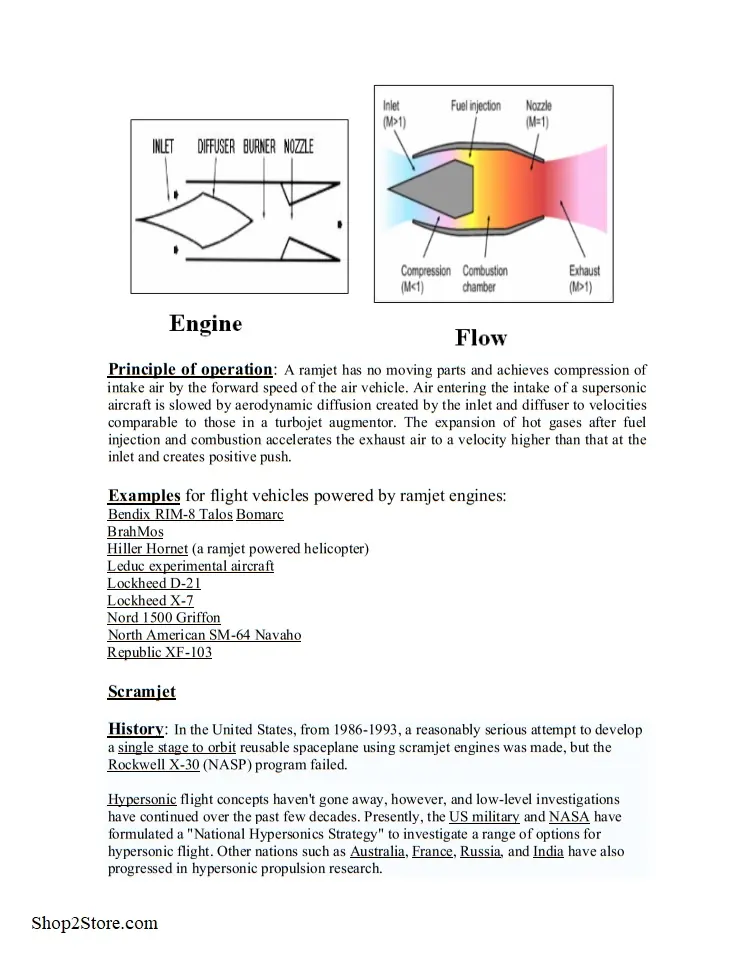
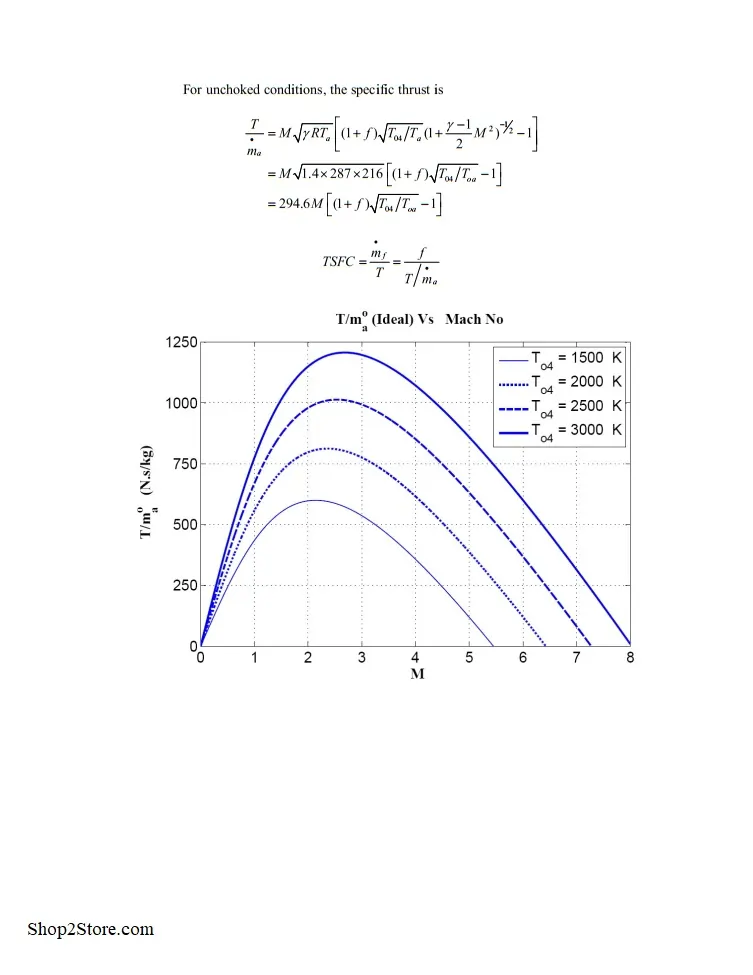
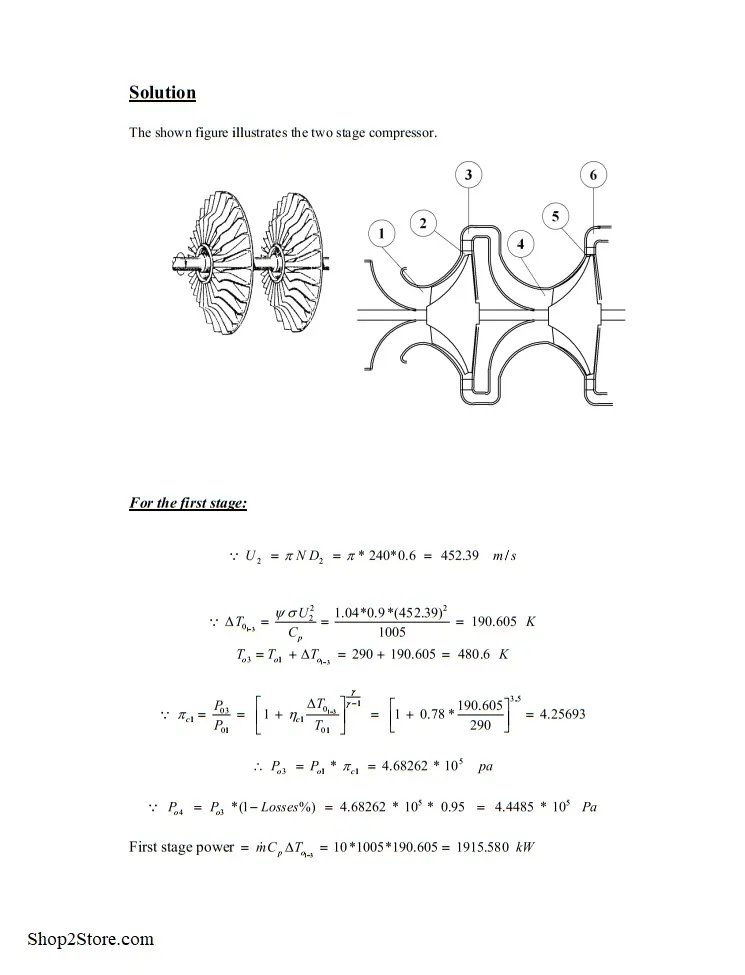
 اگر این محصول را خریداری کنید،
اگر این محصول را خریداری کنید، 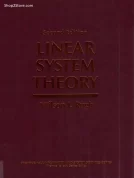
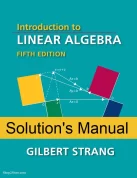
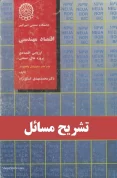
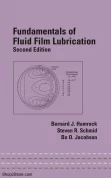

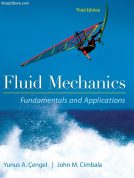
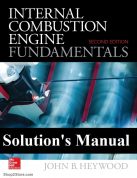
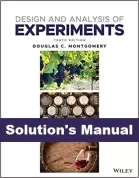
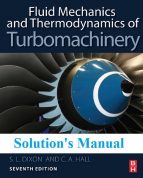

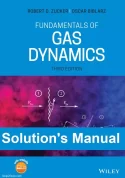
دیدگاهها (0)
Reviews
There are no reviews yet.